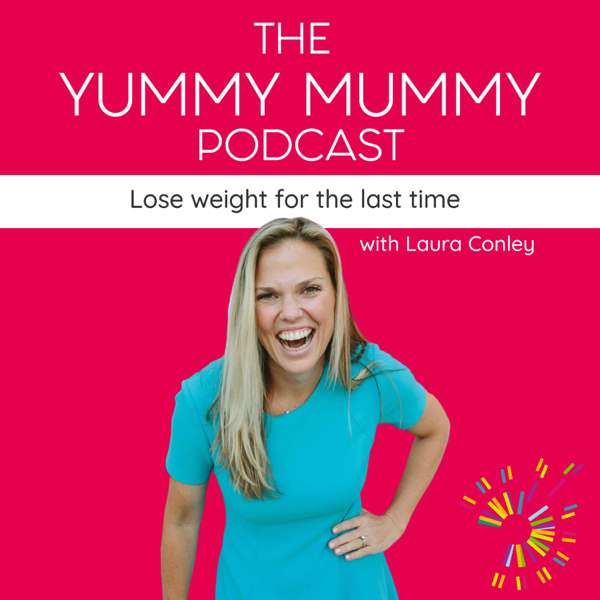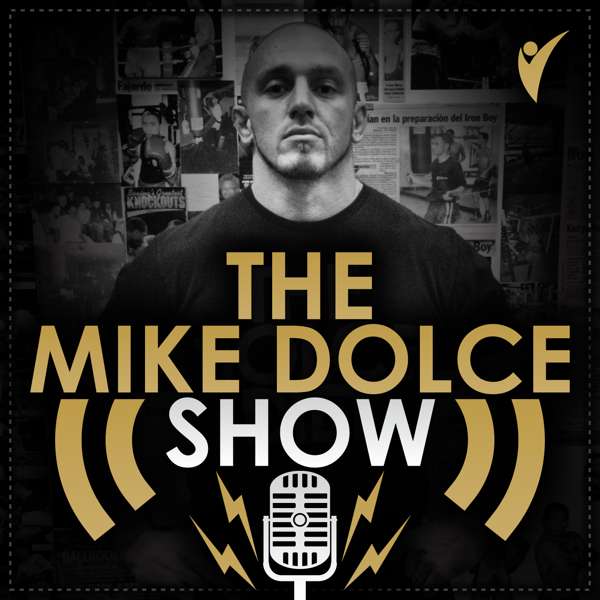Session 105 ATP, blood vessels, fat stores and beta decay are the topics we cover in the next set of discrete questions from Next Step Test Prep Full-length 10. We are once again joined by Bryan Schnedeker from . Also check out all our other podcasts on . [01:33] Question 44: Fat Molecules Fats are stored in adipose tissues primarily as: (A) Fatty acids (B) Chylomicrons (C) Glycerol (D) Triacylglycerols Bryan's Insights: The correct answer here is D. Glycerol is the three-carbon backbone and fatty acids are the little tails that get tagged onto the glycerol. So a glycerol backbone plus three fatty acids make up a full classic E-shaped triacylglycerol or just just fat molecule. Chylomicrons are the little clumpy bits that are used to transport fatty acids throughout the blood. [03:27] Question 45: Aorta vs. Capillaries Within the body, which of the following blood vessels is expected to have the greatest total cross-sectional area and the lowest fluid velocity? (A) Aorta (B) Arterioles (C) Capillaries (D) Vena cava Bryan's Insights: The word total is key here. And the answer here is C. There are tens of thousands of capillaries for every arteriole, much less for the aorta and vena cava in the body. The question also says lowest fluid velocity. The blood in the aorta and the arterioles is just rushing along because of all that pressure from the heart. So it's in the capillaries that the blood flows the slowest that it almost comes to a standstill so that your oxygen and carbon dioxide can get exchanged. If you're not reading this question very carefully, you might pick (A) Aorta. In fact, in the Next Step Full Length analysis, about 65% get this question right while the other 35% all pick the aorta. [05:23] Question 46: Fluorine What does 18F become after a beta+ decay? (A) 18Ne (B) 18O (C) 17F (D) 19F Bryan's Insights: The test would give you a periodic table where you click on the button in the corner of the screen. It doesn't give you much except for the atomic number and then the element itself. First, you need to know the weight of a beta+ particle. It's a position which is a fancy name for a positively charged electron. So beta- is an electron while beta+ is a positively charged electron. Relative to a proton, you can treat beta decay as having a zero mass. So if Fluorine starts with a mass of 18, shooting out a positron is not going to change the 18 at all because it didn't give out any mass. If shot off a positive charge, it means that one of it is positive, so the proton became a neutron. Fluorine which had 9 protons went down to only 8 protons. So you have to go to the periodic table and see what's element number 8 and you would see that it's Oxygen. [08:00] Question 47: ATP/ADP Ratio A cell in which an elevated ATP/ADP ratio exists is most likely to demonstrate which allosteric effect resulting for this elevation? (A) Inhibition of pyruvate kinase (B) Activation of phosphofructokinase 1 (C) Inhibition of ATP citrate lyase (D) Activation of hexokinase Bryan's Insights: The cell is in a really high energy state, which means you don't need to make any more. In response, you slow your Krebs cycle and all that mechanics down. So you don't want to pick the activation choices, leaving us here with A and C. The correct answer here is A. Remember that pyruvate is that last step in glycolysis so the key regulatory point when you wrap up glycolysis before you head over to the pyruvate dehydrogenase complex or Krebs cycle, you regulate glycolysis right at the end there. If you shut that off in the end and if you have tons of ATP floating around, you don't need to make more energy. Hence, you switch off glycolysis by switching off pyruvate kinase, the enzyme in the end. ATP citrate lyase is a key enzyme that links carbohydrate metabolism (the Krebs cycle) to fat anabolism (making fat). The enzyme basically converts the citrate to acetyl CoA, which goes over and the body makes fat molecules out of it for storage. If you have tons of energy and you want to store that energy, you would actually bump up your ATP citrate lyase. You would want to activate that whole chain of connections. [12:08] Quick Tips for Answering Biochemistry Questions First, understand what the question is asking since students get very hung up in metabolism and biochemistry, trying to memorize a million names of enzymes, substrates, etc. Of course you have to recognize names. But when it comes to actually answering questions on test day, just put it in the big picture. Contextualize it. Don't skip this first step because just from the names of the molecules, and recognizing the general situation, you can take a pretty good crack at the question. In terms of the Krebs cycle and all the different energy pathways, you have to know them backwards-forwards, upside-down. You should be able to list every enzyme in the Krebs cycle, every substrate that gets acted on by the enzyme, and all the coenzymes and cofactors, all the inputs and the outputs. "The Krebs cycle is your alpha and omega. You have to know the whole thing." As for any pathway in the body, just generally know the inputs and outputs and the regulatory steps. You don't have to list every single step in glycolysis on the MCAT. That's okay. That said, memorize the Krebs cycle backwards and forwards first and then remember all the key steps in all the other reactions. [14:45] Next Step Test Prep If you're interested in Next Step Test Prep's full length practice exams, use the promo code MCATPOD to save 10% off their offerings. Based on the feedback gathered from students, Next Step Test Prep simulates the real exam. They also found it to be the most accurate full length exam, outside of the AAMC exams. Links: Promo Code: MCATPOD

 Our TOPPODCAST Picks
Our TOPPODCAST Picks  Stay Connected
Stay Connected







